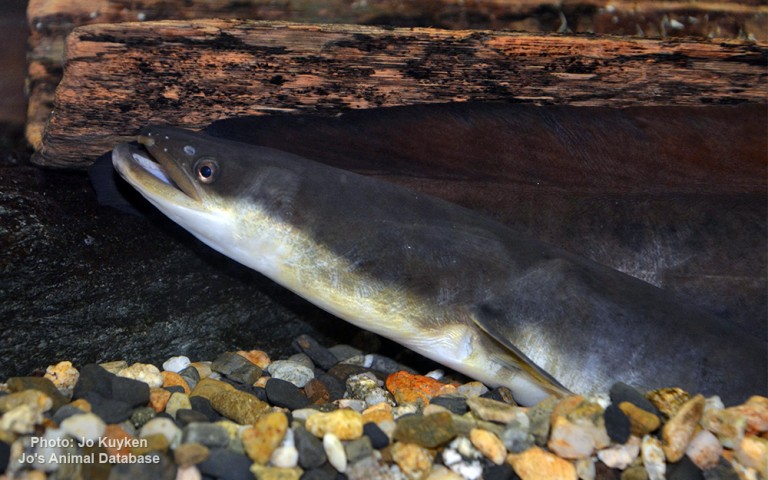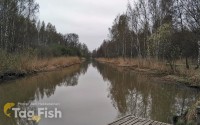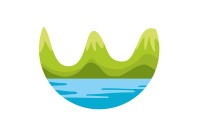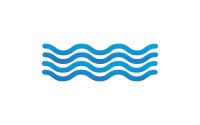Shinano River
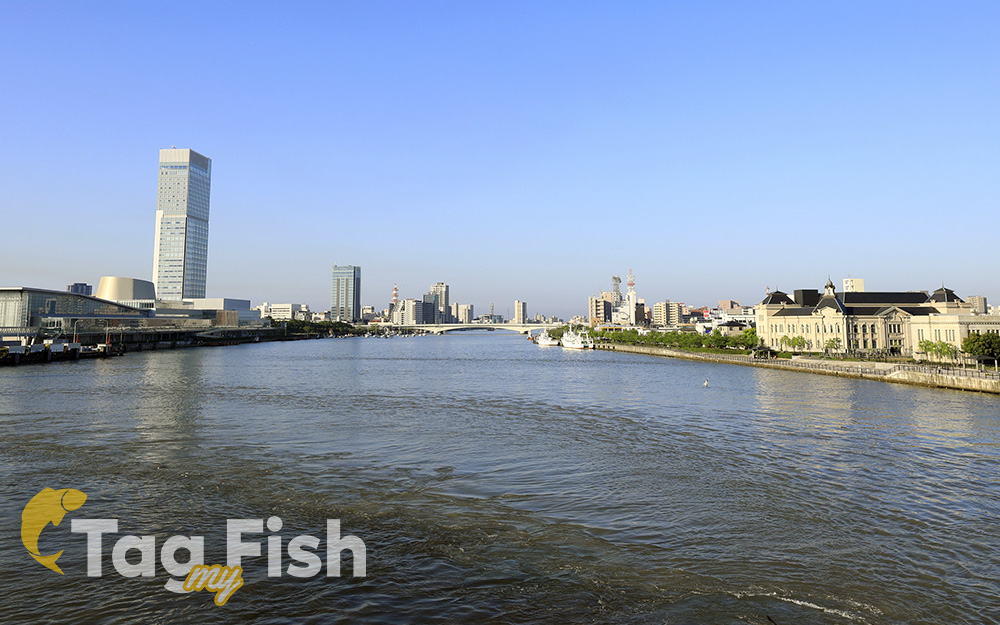
Salmoniformes - Salmons and Trouts
Anguilliformes - Eels and morays
Salmoniformes - Salmons and Trouts
Anguilliformes - Eels and morays
Salmoniformes - Salmons and Trouts
Anguilliformes - Eels and morays
The Shinano River, known as the Chikuma River in its upper reaches, is the longest and widest river in Japan and the third largest by basin area (behind the Tone River and Ishikari River). It is located in northeastern Honshu, rising in the Japanese Alps and flowing generally northeast through Nagano and Niigata Prefectures before emptying into the Sea of Japan.
The Shinano basin supports a large range of plant life, including over 1,100 species of plant which grow on the river bank, in the river bed or more broadly. The basin also supports a large range of animal life both in and around the river. However, the development of the river has threatened the continuing existence of a number of different species. Across the country, thirty to fifty (or higher) percent of endangered species are from freshwater river systems and the impact on the Shinano river system is also clear. Primarily this affects fish and amphibians due to their reliance on the river. The construction of weirs and dams to support agriculture and industry as well as the introduction of invasive species and pollution have been the main causes of ecosystem degradation. The Shinano basin provides a habitat for around twenty-five percent of Japans fish species (around fifty-five of the 200 fish species living in Japan) including both endemic freshwater fish as well as diadromous fish.
The construction of large dams, especially in the mid and upper reaches of the system have significantly affected the ability of fish to migrate up and down the river, and into the Sea of Japan. There has also been a significant increase in the amount of fishing which takes place in the system which is associated with the introduction of invasive fish species and waterbirds into the system. The development of the river, and human settlement, has also resulted in the environmental degradation of key fish habitat. Changes in the system have affected its ability to support and maintain fish species which are endemic to the river. Some actions have been taken to overcome these issues, including prohibitions on fishing salmon during breeding and stocking certain areas for fishing, especially in areas where Tsukeba fish shacks (popup stores along the riverbank) are regularly set up.
The river system has also long been home to bird life. The negative effects of human development have not as significantly affected birds as fish due to the more limited changes to bird habitat (which includes the forests which still remain on surrounding mountains). There are more than 130 species of birds which frequent the river system, these include starlings and ducks as well as migratory birds such as cranes and ibis

